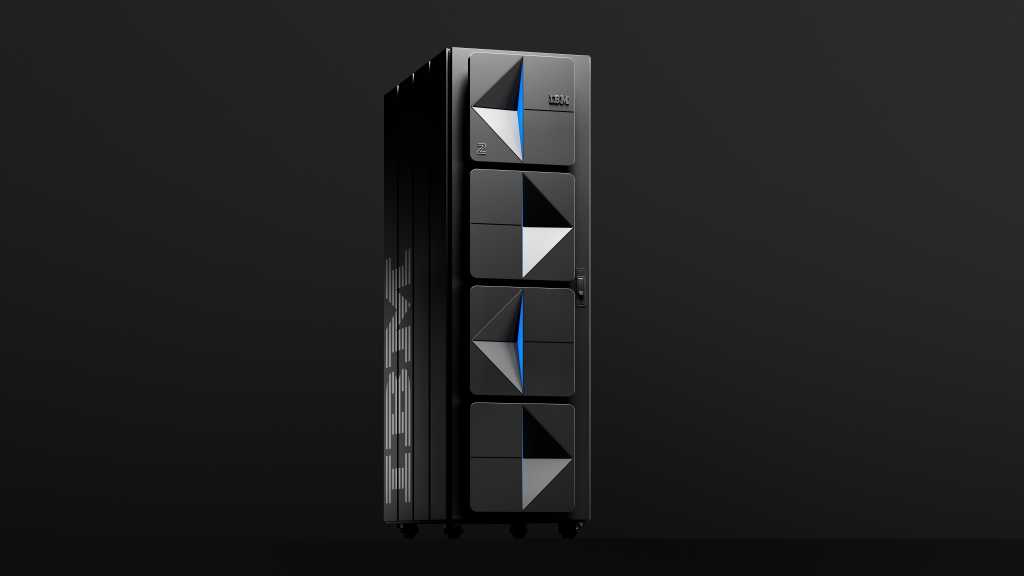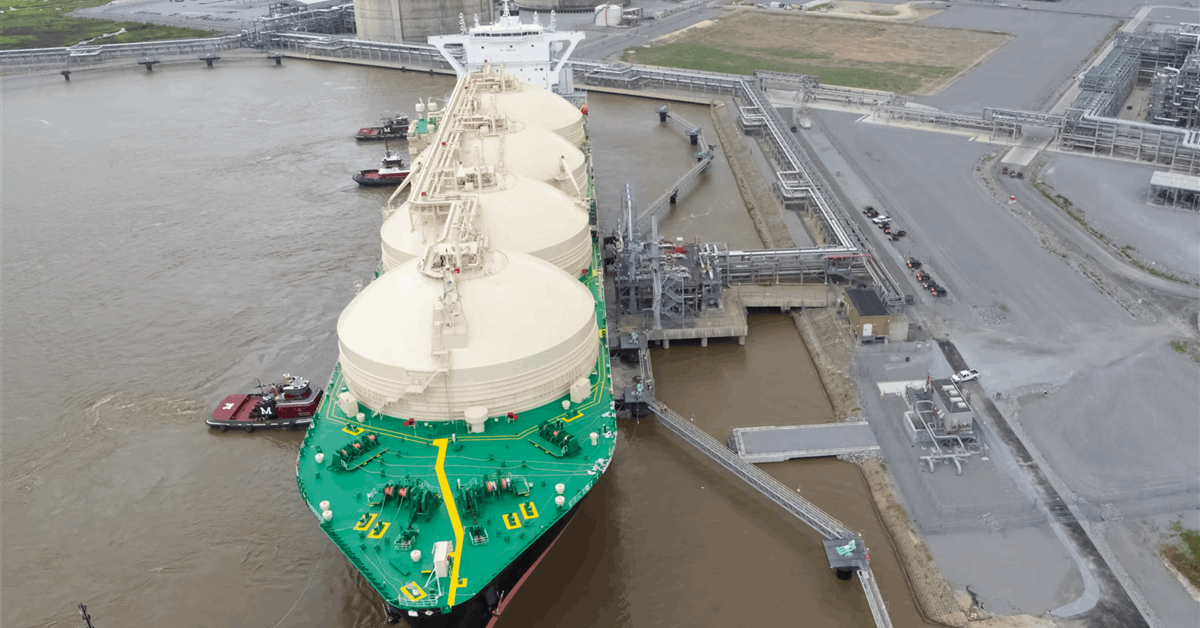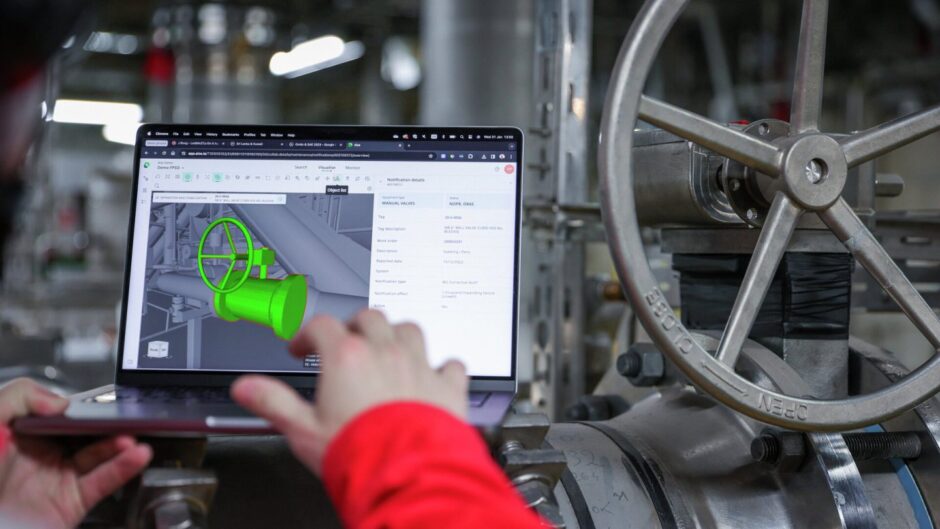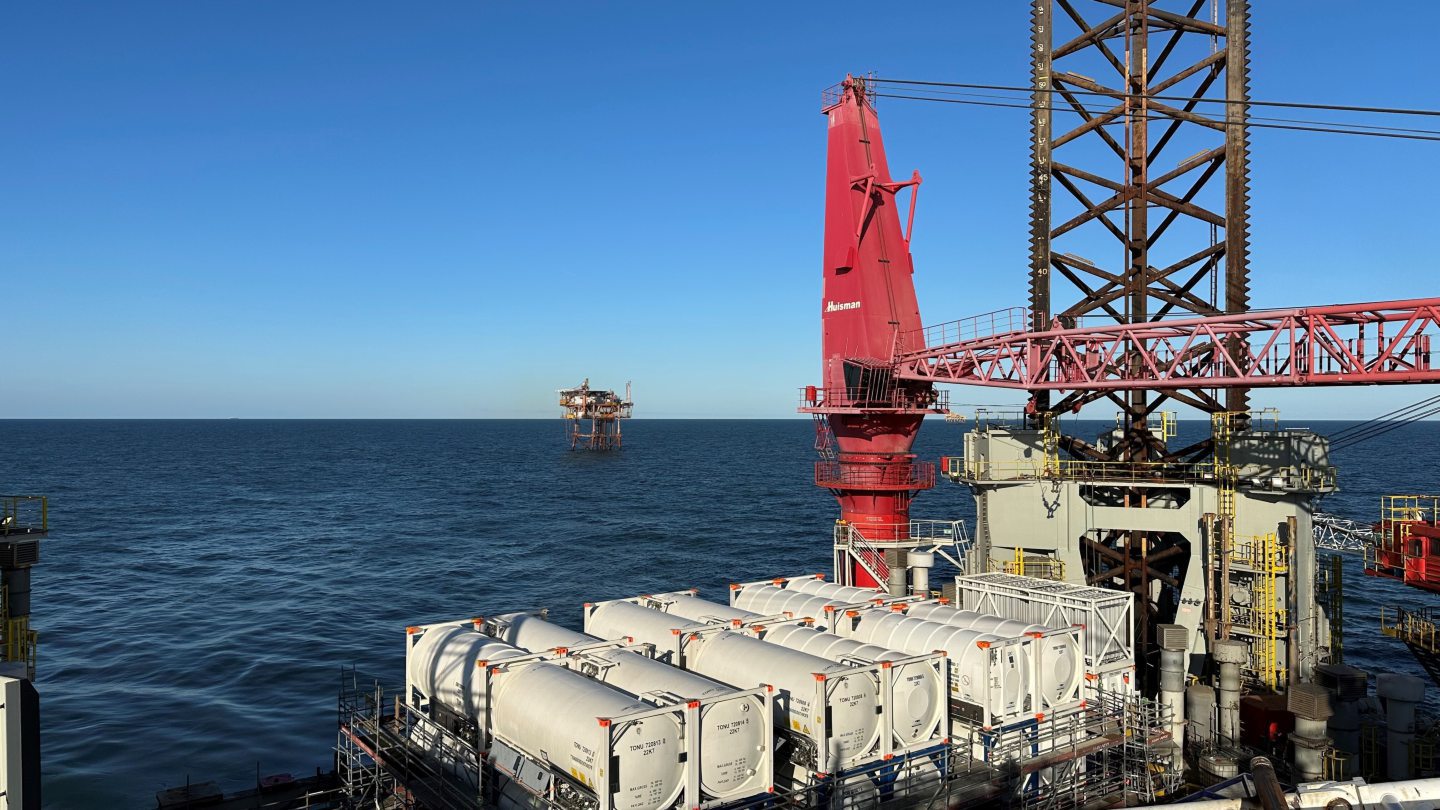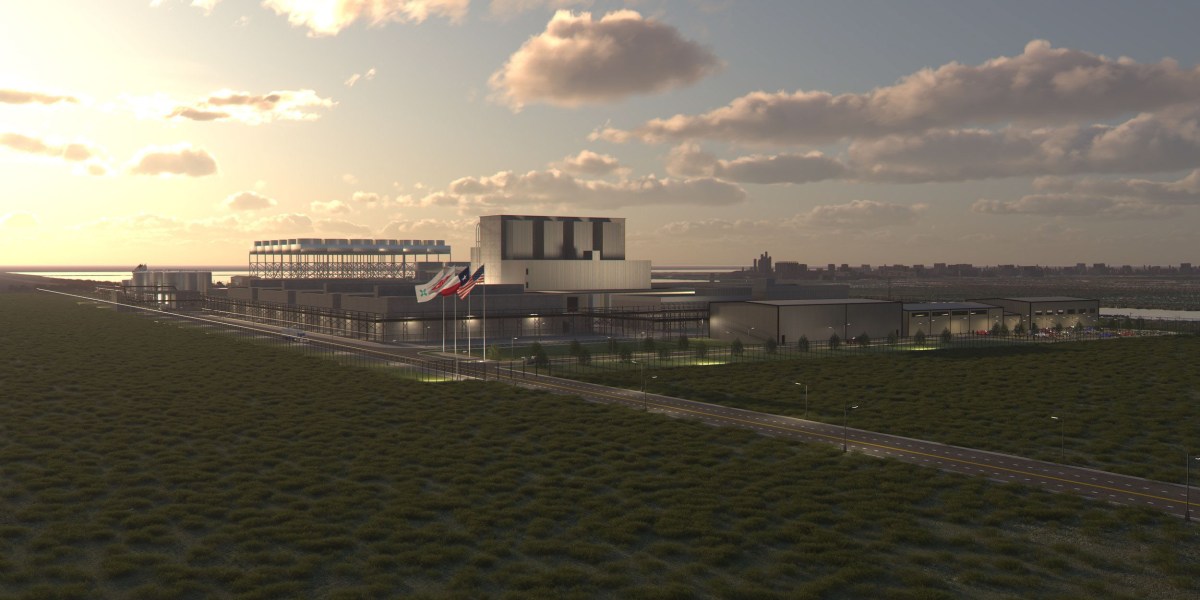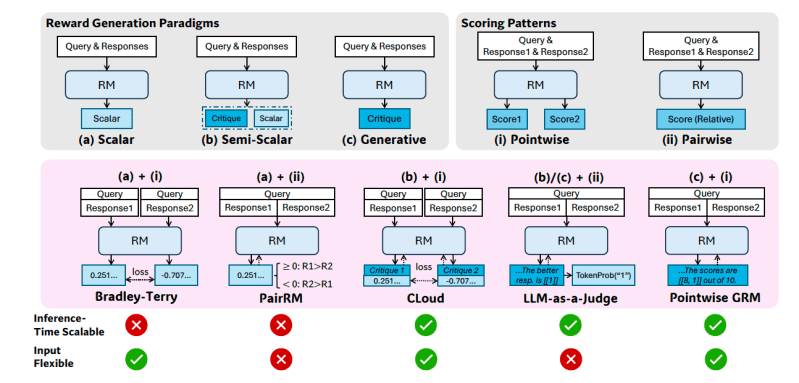
The oil market has faced a “quadruple whammy”, Ole R. Hvalbye, Commodities Analyst at Skandinaviska Enskilda Banken AB (SEB), said in a SEB report sent to Rigzone by the SEB team on Monday.
U.S. tariffs, an OPEC+ production hike, a retaliation from China, and Saudi price cuts made up this quadruple whammy, Hvalbye outlined in the report, which pointed out that Brent crude oil prices had “crashed by a whopping $13 per barrel (-21 percent) since [the] last Wednesday high, marking a significant decline in just four trading days”.
In the report, Hvalbye pointed out that Brent was trading at $62.8 per barrel. The SEB analyst highlighted that this was Brent’s lowest point since February 2021.
“On Wednesday, the U.S. unveiled its new package of individual tariffs,” Hvalbye said in the report.
“The market reacted swiftly, as Trump followed through on his promise to rebalance the U.S. trade position with the world. His primary objective is a more balanced trade environment, which, naturally, weakened Brent crude prices,” he added.
“The widespread imposition of strict tariffs is likely to fuel concerns about an economic slowdown, which would weaken global oil demand. This macroeconomic uncertainty, especially regarding tariffs, calls for caution about the pace of demand growth,” he continued.
Hvalbye noted in the report that, shortly after, OPEC+ announced plans to raise production in May by 411,000 barrels per day, “exceeding earlier expectations with a three-monthly increment”.
“OPEC emphasized that strong market fundamentals and a positive outlook were behind the decision. However, the decision likely stemmed from frustration within the cartel, particularly after months of excess production from Kazakhstan and Iraq,” he added.
The SEB analyst also stated in the report that, last Friday, even though the Chinese market was closed, firm indications came from China on how it plans to handle the U.S. tariffs.
“China is clearly meeting force with force, imposing 34 percent tariffs on all U.S. goods,” he said.
“This move raises fears of an economic slowdown due to reduced global trade, which would consequently weaken global oil demand going forward,” he added.
Hvalbye went on to note in the report that, at the start of this week, oil prices continued to drop after Saudi Arabia slashed its flagship crude price by the most in over two years.
“Saudi Arabia reduced the Arab Light OSP by $2.3 per barrel for Asia in May, while prices to Europe and the U.S. were also cut”, Hvalbye pointed out.
In the SEB report, Hvalbye said these four key factors have driven the massive price drop over the last four trading days and stated that the overarching theme is the fear of weaker demand and stronger supply.
“The escalating trade war has raised concerns about a potential global recession, leading to weaker demand, compounded by the surprisingly large output hike from OPEC+,” he noted.
“That said, it’s worth questioning whether the market is underestimating the risk of a U.S.-Iran conflict this year,” he added.
“U.S. military mobilization and Iran’s resistance to diplomacy have raised the risk of conflict,” he continued.
“With this backdrop, we continue to forecast $70 per barrel for this year. For reference, Brent crude averaged $75 per barrel in Q1-2025,” he added.
In a market analysis sent to Rigzone on Monday, Konstantinos Chrysikos, Head of Customer Relationship Management at Kudotrade, said crude oil futures are facing further downside, “driven by escalating trade tensions between the United States and China”.
“The imposition of higher tariffs by both countries has raised concerns about a potential global recession, which could dampen oil demand,” he stated in the analysis.
“This fear has triggered a sharp decline in prices … Traders could continue to price in recessionary risks, weighing on the market,” he added.
“Furthermore, the decision by OPEC+ to increase oil production further pressures the market. The group has revised its output plans, now aiming to add 411,000 barrels per day in May, significantly more than the previously anticipated 135,000 barrels per day,” he continued.
“This increase in supply, reversing previous production cuts, is expected to exacerbate the existing glut in the market,” he went on to state.
Looking at demand in the market analysis, Chrysikos said Asia has seen a decline in oil imports in the first quarter of 2025, with a slight recovery in March.
“However, demand could remain under pressure given the current broader economic conditions,” he warned.
“This combination of weak demand and growing supply suggests that the outlook for crude prices could remain bearish for now,” he added.
In a separate market analysis sent to Rigzone today, Chris Weston, Head of Research at Pepperstone, said, “we saw a solid breakdown in crude on the futures reopen, with front-month Brent and WTI crude taking out technical support levels which have defined the lows and marked key turning points since mid-2021”.
“Whether the downside break in price of the key support ($62 in WTI crude) levels holds is yet to be seen, and after the clean-out of positioning through forced liquidations in early Asia, we’re now seeing some brave souls re-engaging with risk,” he added.
“Very little has changed though through the trading day, and Trump seems incredibly relaxed about the carnage in the market, and the market’s ability to price growth and recession risk will remain challenged until the April economic data series – which starts to quantify the fallout of the new tariff rates – is known later this month,” he continued.
“Until then, unless we get tangible evidence of less fractured relations between the U.S. and China/Europe, the market will continue to take down its perception of crude demand, while Saudi Aramco cutting oil prices to key customers, and OPEC+ calls to push for a larger output hike, also weighs on the crude markets and compels traders to sell rallies,” he went on to state.
Rigzone contacted the White House, OPEC, and the State Council of the People’s Republic of China for comment on SEB’s report and Chrysikos and Weston’s analysis. Rigzone also contacted Aramco for comment on SEB’s report and Weston’s analysis, the Iranian ministry of foreign affairs for comment on SEB’s report, and the European Commission Chief Spokesperson for comment on Weston’s analysis.
A spokesperson for the European Commission declined to comment. At the time of writing, the White House, OPEC, the State Council of the People’s Republic of China, Aramco, and the Iranian ministry of foreign affairs have not responded to Rigzone.
To contact the author, email [email protected]



